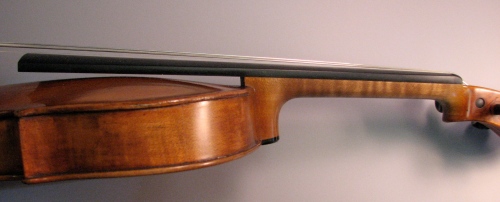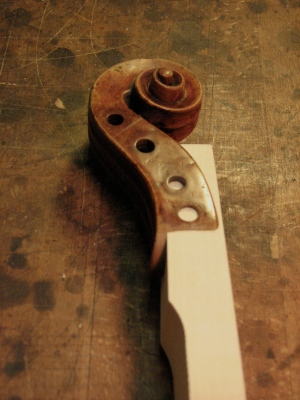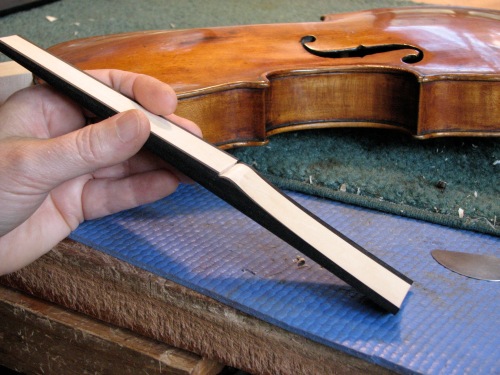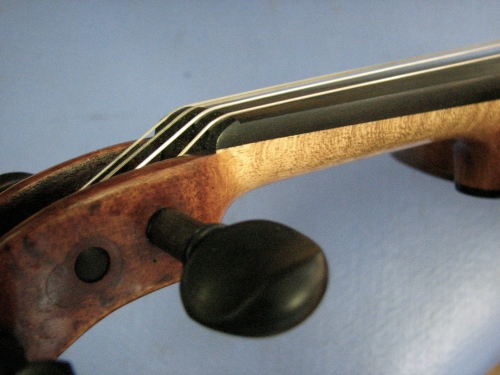When my work apron goes on and the audio book goes in the cd player, the dog knows it’s a good time to settle into her bed for a nap. I don’t think she’s being lulled by the voice coming through the speakers. I think she’s simply read all the signs. She won’t be putting on her walking shoes for a while. She won’t be answering the door (no exciting visitors to sniff). In short, she’s not going anywhere and apparently, I’m not either.
I’ve listened to a lot of books while working. My regular trips to the public library usually result in schlepping four or five audio books home at a time. Most of them I actually listen to. Many prove to be entertaining, engaging, even enlightening. Once in a while, I find a book that just begs to be read in print. I make a note, add it to my “to read” list, and send the audio back to the library. Now and then, a reader just hits my ear the wrong way, regardless of the merit of the writer. The dog lifts her head as I exclaim “Ugh! I can’t listen to that!”. She’s talking to herself again.
Since it’s the time of year when everyone is making their Best of Whatever lists, I thought I’d try to call up some recent favorites. For me, the only disadvantage to enjoying a book in audio is that without actually having something to repeatedly pick up and gaze at, I have a hard time remembering titles and authors. I’m forever wishing I’d written these things down. Hmm …I sense a New Year’s resolution in the air! Ho hum…that’s what she said.
Here are ten of the many books that I enjoyed listening to this year, in no particular order. They are simply random picks off my public library’s audio shelves. Most are fiction and all seem to be contemporary. I decided not to consider mysteries (partly because I can never remember which is which and who is whom), and the classics may deserve a future list of their own. I might add that at least a few of these recordings (in particular I’m thinking of A Mercy , Parrot and Olivier in America, and Night Circus) are additionally memorable due to the extraordinary performances of the readers. She forgot about The Art of Racing in the Rain, and that other dog one.
- Divisadero by Michael Ondaatje, read by Hope Davis
- A Mercy by Toni Morrison, read by the author
- Black Swan Green by David Mitchell read by Kirby Heyborne
- Parrot and Olivier in America by Peter Carey, read by Humphrey Bower
- Night Circus by Erin Morgenstern, read by Jim Dale
- Fall of Giants by Ken Follett, read by John Lee
- The Lacuna by Barbara Kingsolver, read by the author
- Brunelleschi’s Dome by Ross King, read by Richard Matthews
- Shadow of the Wind by Carlos Ruiz Zafon read by Jonathan Davis
- The Fortune Teller’s Daughter by Lila Shaara, read by T. Ryder Smith


















